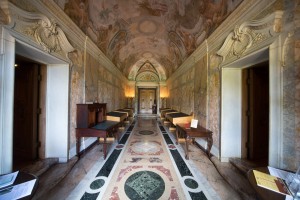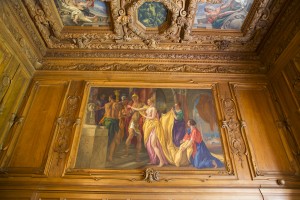About Us
For some time it has been my intention to make an additional gift of the library building, the books, manuscripts and equipment contained therein, and the real property, where I reside while I am in Los Angeles, California, so that the grounds may eventually be used as a park by the public, generally, and the library building and its contents by students for research work.
William Andrews Clark Jr.
Letter to the Regents of the University of California
June 4, 1926
The William Andrews Clark Memorial Library, which is administered by UCLA’s Center for 17th- & 18th-Century Studies, is located on a historic, five-acre property in the West Adams neighborhood of Los Angeles. The rare book and manuscript library specializes in the study of England and the Continent from the Tudor period through the long eighteenth century. Other subject strengths include Oscar Wilde, book arts, and Montana and the West. The Clark is open to students, professors, and scholars throughout the world and serves as the research laboratory for a distinguished array of fellows working either in early modern studies or the fin-de-siècle world of Oscar Wilde. The Clark is also the site for a range of cultural programs organized by the Center, including chamber music concerts, theatrical performances, and lectures.
The Building
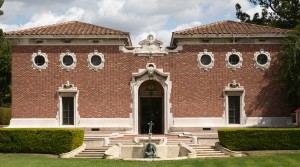
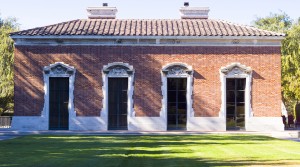
When a small fire started at his residence at 2205 West Adams Boulevard in 1923, William Andrews Clark Jr. decided that a new structure—utilizing best practices for fire-proofing, earthquake-survival, temperature-and-humidity control, and ventilation—must be built to house his growing collection of printed books and manuscripts. After selecting Robert D. Farquhar as architect, Clark sent him to special libraries in the East to learn more about interior arrangements and library functions. 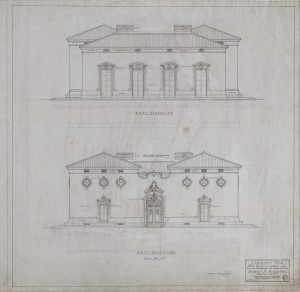 Site visits included the Newberry Library in Chicago; the Morgan Library, Grolier Club Library, University Club Library, and Harvard Club Library in New York; the John Carter Brown Library in Providence; the Public Library in Boston; the Harvard University Library in Cambridge; and the Congressional Library in Washington, D.C. According to the architect, “the program, or rooms needed, was fairly simple: two bookrooms of equal size, one for older, the other for later books; an entrance vestibule; a large room (drawing room) for gatherings; studies, Mr. Clark’s office, a librarian’s room, conveniences, and stackrooms in the basement.”
Site visits included the Newberry Library in Chicago; the Morgan Library, Grolier Club Library, University Club Library, and Harvard Club Library in New York; the John Carter Brown Library in Providence; the Public Library in Boston; the Harvard University Library in Cambridge; and the Congressional Library in Washington, D.C. According to the architect, “the program, or rooms needed, was fairly simple: two bookrooms of equal size, one for older, the other for later books; an entrance vestibule; a large room (drawing room) for gatherings; studies, Mr. Clark’s office, a librarian’s room, conveniences, and stackrooms in the basement.”
The interior and exterior decoration was often suggested by Clark himself, such as the paintings on the barrel vault of the vestibule; much of the outdoor sculpture; as well as the ceiling paintings and two large panels at the ends of the drawing room, all of which were taken from Clark’s collection on John Dryden. European marble was purchased from a New York vendor, with Roman travertine selected for the exterior. The six small round windows on the facade of the brick library were adaptations of windows designed by Sir Christopher Wren at Hampton Court. All work on the building was completed by 1926.
